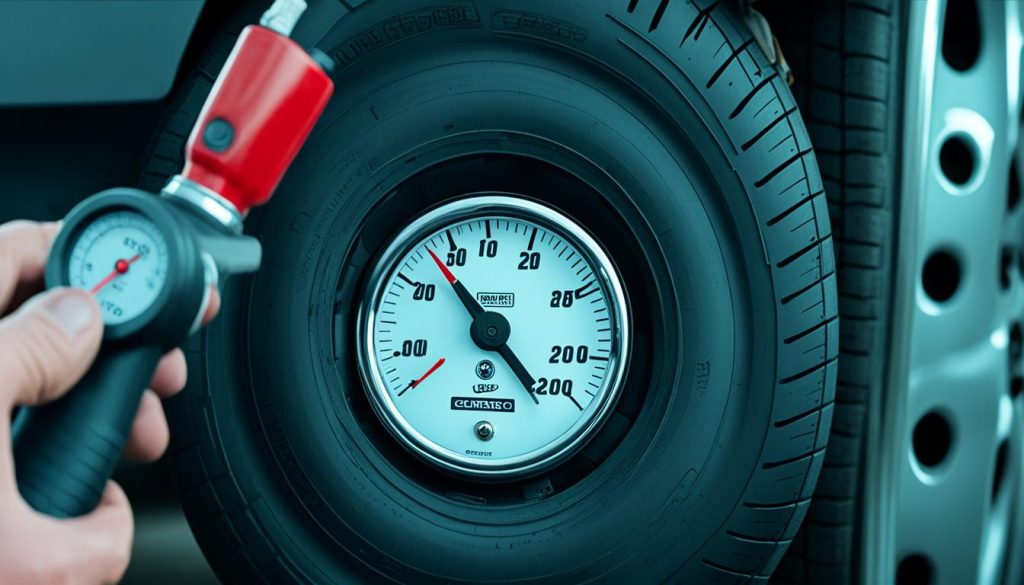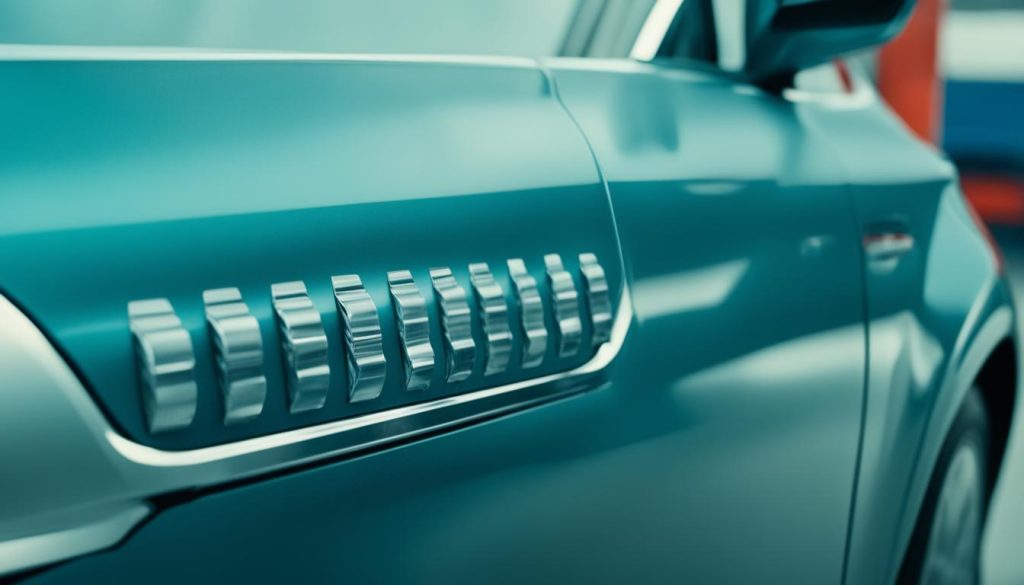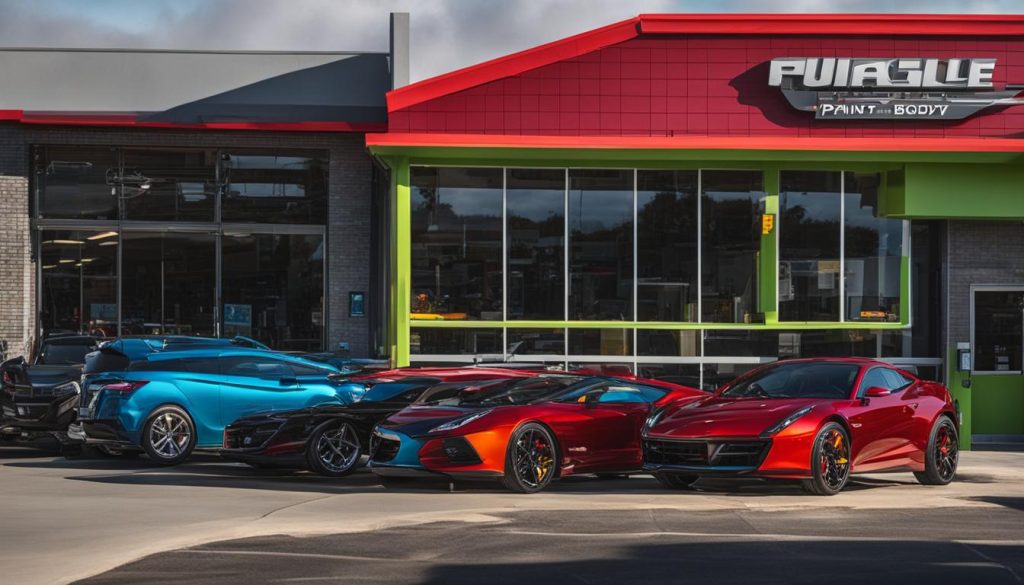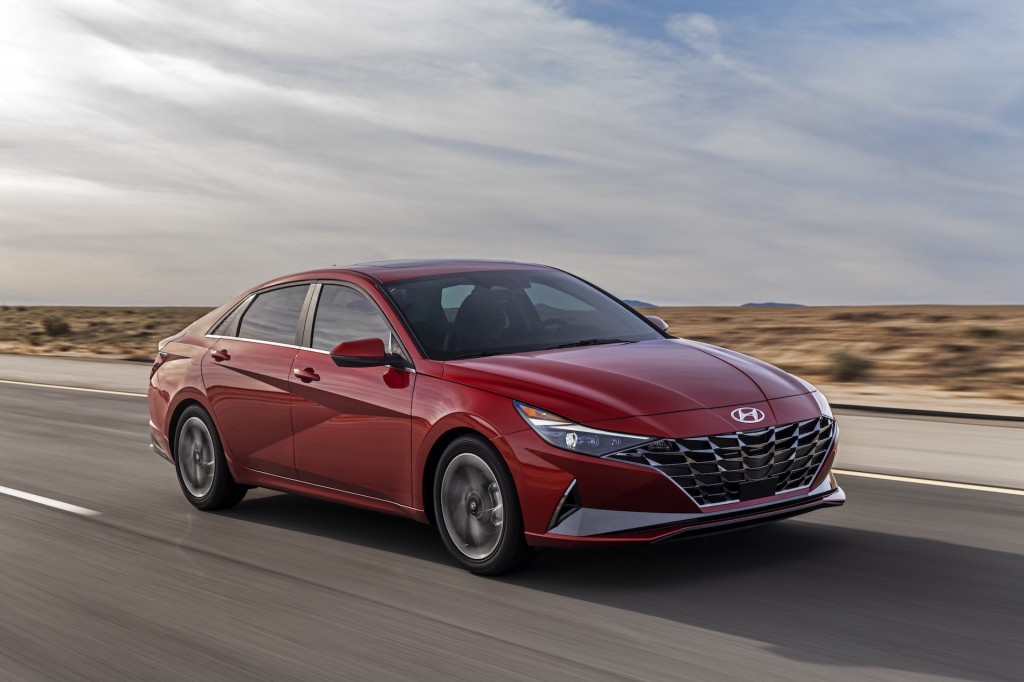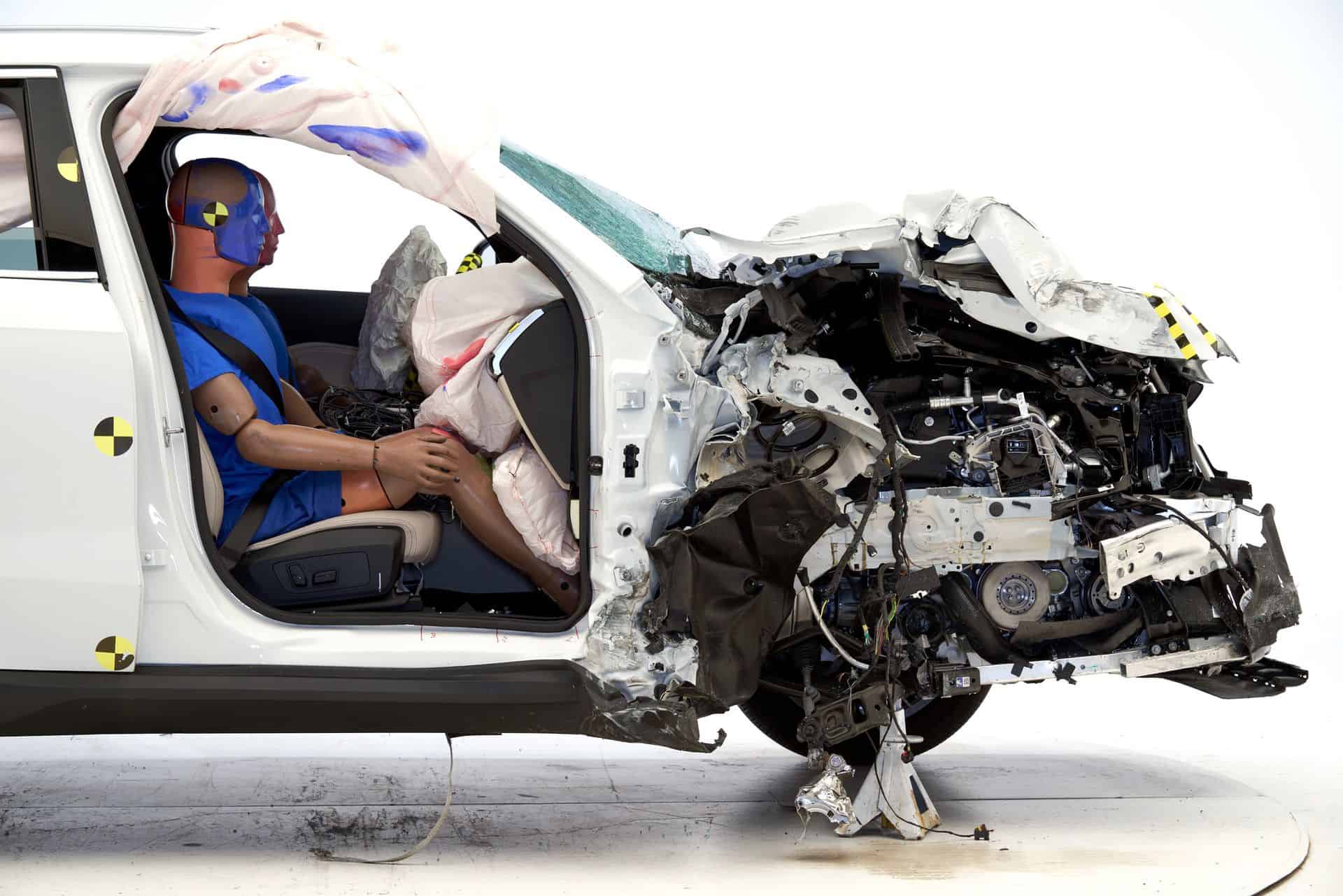The Insurance Institute for Highway Safety found that compact cars don’t protect rear occupants well in its latest front-crash test, the insurance industry-funded agency announced Thursday. The 2023 Honda Civic and 2023 Toyota Corolla sedans earned “Acceptable” ratings, while the 2023 Kia Forte, 2023 Nissan Sentra, and 2023 Subaru Crosstrek rated “Poor.” No car earned the top rating of “Good.”
“In all the small cars we tested, the rear dummy ‘submarined’ under the seat belt, causing the lap belt to ride up onto the abdomen and increasing the risk of internal injuries,” IIHS President David Harkey said in a statement.
It’s not just small cars that have failed to meet the criteria for the new moderate front overlap test. The majority of three-row SUVs and small crossovers tested received “Poor” ratings.
The updated test revises the front-crash test that started in 1995 and launched the IIHS into the role it serves today as the most comprehensive and up-to-date independent automotive crash-test agency. The NHTSA’s NCAP five-star rating system currently does not evaluate driver-assist technology nor does it update its crash tests once the majority of vehicles meet compliance. The IIHS’s Top Safety Pick+ designation has become the standard-bearer for automotive safety.
The moderate front-overlap test simulates a head-on collision of two vehicles of similar weight traveling at just under 40 mph. Revamped last year, the new test evaluates passenger protection in a front crash to rear passengers. The new test uses a dummy in the driver seat sized like the average adult male and another dummy sized like a small woman or 12-year-old child positioned in the seat behind the driver, where protection has lagged recently.
Historically, rear-seat occupants were cushioned from front crashes by the front seats and the front crumple zone. Since model year 2007 onward, however, the IIHS found that fatal injury is 46% higher for belted occupants in the rear seat than those in the front seat.
The rear seat hasn’t become any more unsafe, but safety advances to front-seat occupants have grown due to airbags, restraint technologies, and other areas of focus that the IIHS wants to see applied to the rear seats. The IIHS says the back seats remain the safest for young children who are more likely to be injured than protected by an airbag when riding in the front passenger seat.

IIHS test results of the moderate overlap front test: small cars
The IIHS noted that all five small cars tested provided good protection to the driver. Rear-seat passengers didn’t fare as well. In addition to the submarining, the Forte, Sentra, and Crosstrek—the three vehicles rated “Poor”—showed moderate or high risk of head, neck, and chest injuries to the dummies.
The rear occupant portion of the crash tests is not included in the criteria for Top Safety Pick designations. But the IIHS keeps challenging automakers to better protect vehicle occupants, so it could be considered in the future. Last year, for instance, the IIHS instituted a tougher side-impact test to reflect the faster speeds and heavier, taller vehicles proliferating on modern roadways.
#small #cars #fail #protect #rear #passengers #crash





